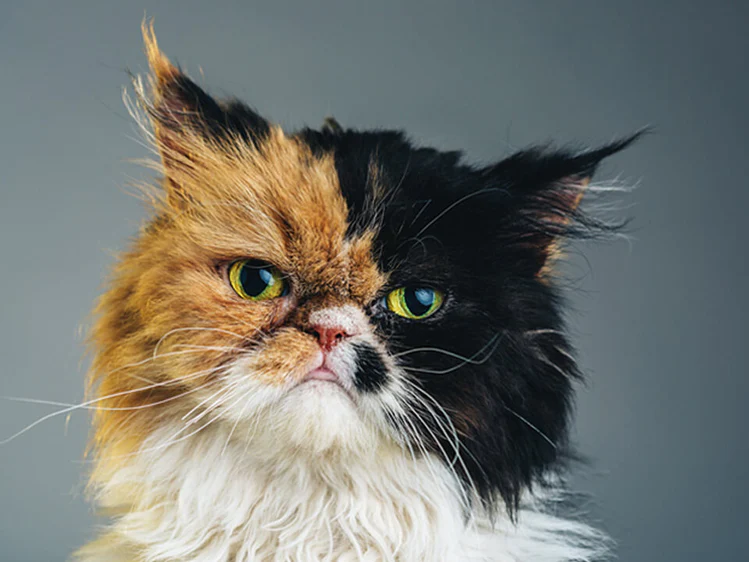Physical Address
304 North Cardinal St.
Dorchester Center, MA 02124
Physical Address
304 North Cardinal St.
Dorchester Center, MA 02124

Cats are enigmatic creatures. They sit in your lap every time you sit down one day, and the next you have to make an appointment to visit them. But it’s those human-like characteristics that we adore in our polished felines. And, just like with us, we can read cats’ moods by analyzing their body language and sounds.
Six Ways Your Cat Communicates With You Through Body Language
Cat Chat 101
Did you know that the closer a cat gets to their human, the more vocal they become? And, as you grow to know your cat, you’ll improve your knowledge of their language, much as a parent can tell a hungry scream from a dirty diaper cry. Interesting fact: Dr. Michael Fox, an English behavioral scientist, discovered 16 different sounds in a cat’s language. But don’t worry, he’s made it simple for us by categorizing them into three groups: